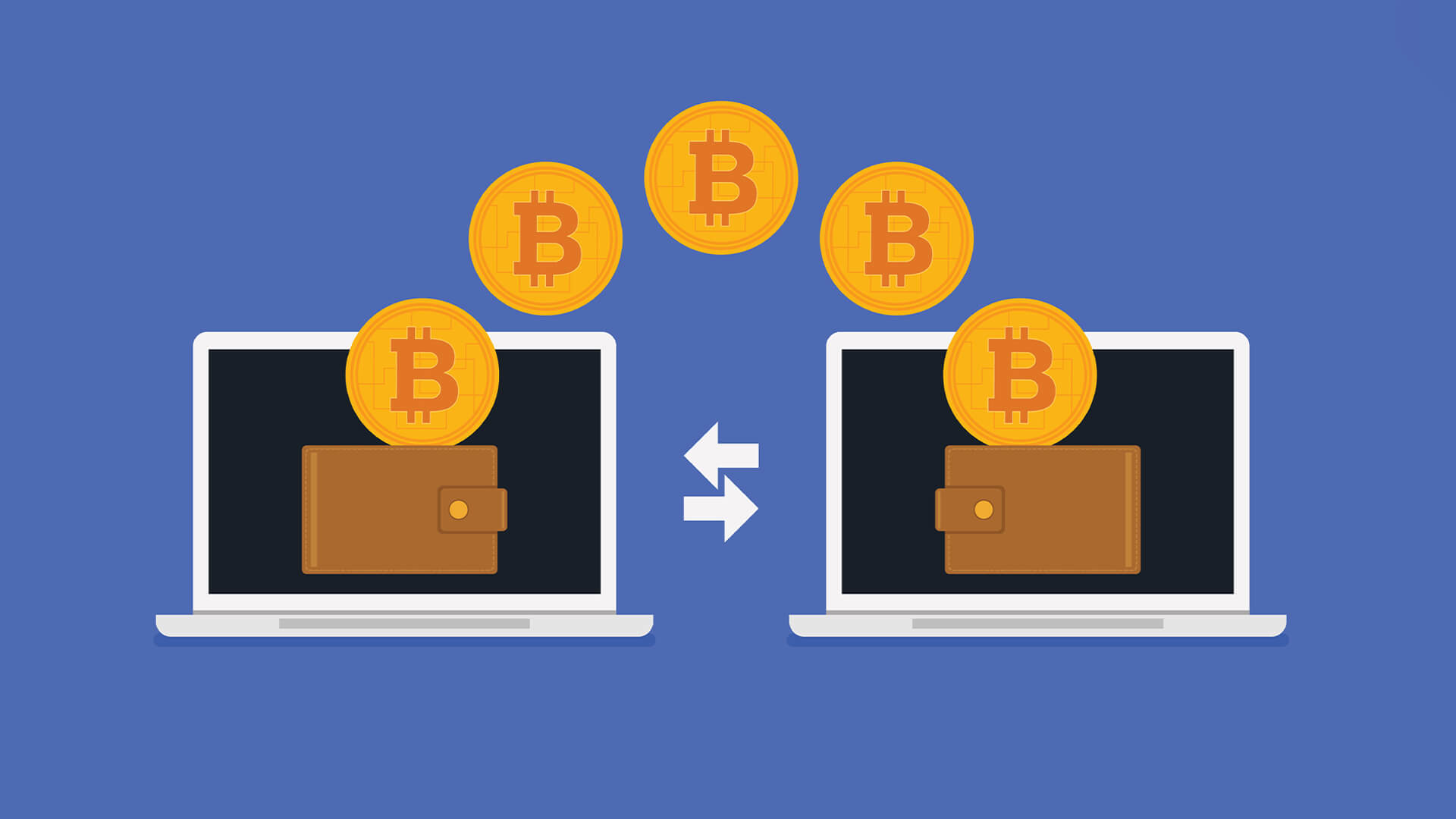In 2021 the halving of Dash is expected to take place: a process that combats currency inflation and makes investors aware of purchase movements. Therefore, if you are thinking of purchasing it, it is essential to understand more details about it.

Keep reading this article with the main information!
Meet Dash
Before even understanding what will happen with Dash halving, it is important to know its characteristics. Dash is an adaptation of “digital cash”.
It is on the list of the 20 most influential cryptocurrencies in the world and has gained popularity by going through truly historic valuations. Since it was created in 2014, it has valued 38,200%.
In 2017, the price reached its highest peak: while on December 22, 2016 it registered the value of $28600, in March of the following year there was a jump to almost $76800.
An interesting fact about Dash Coin is that it is a fork of Bitcoin that uses a decentralized system. In fact, it was the first altcoin to implement the network of special servers, called masternodes.
Today, it is the fourth cryptocurrency with the lowest circulation volume, but it is the 17th in market capitalization. In fact, it started to be adopted as a method of payment in several sectors in Venezuela, in contrast to the bolivar, which suffers a high devaluation.
What to expect from Dash halving?
Dash’s halving, like that of other cryptocurrencies, was a process created to regulate prices and reduce the impacts of inflation. In addition to using the scarcity principle found in physical goods, this is important so that there is no infinite valuation of digital assets.
Here’s how it goes: every blockchain found and validated by miners still offers a reward for the effort. However, right after halving, the value of this bonus is reduced.

As a writer, Richard is an advocate of blockchain technology and cryptocurrency in general. He writes about all things from cryptography to economics, with a focus on how it applies to cryptocurrencies. He is also passionate about writing about topics such as decentralization, open-sourced software development, and copyright law.




